Ralph Steiner’s “Mechanical Principles” movie from 1930 is a brilliant way to get a fresh reminder to your school time to get ideas to solve in an efficient way modern motion transmission or transformation.
Ready to be used as inspiration for your next design and mechanical challenges, not only in the traditional watch industry.
From Ralph Steiner’s Mechanical Principles …
And if a picture is worth a thousand words, then what is the price of a video to show the kinematics principles?
Not only watch-industry related: whether you want to change speed, transform a rotation to a linear motion, or a continuous motion to some alternating or counting motion, you’ll get ideas here

- cam mechanisms
- all kinds of cogwheels
- maltese cross mechanisms
- eccentrics mechanism
- ratchet mechanisms
- Reuleaux triangles mechanisms
- gerotor gears

Thumbs up Ralph Steiner!
And their CAD-rendered versions
“Art of rendering” made a CAD modern version of these principles in 6 parts (and gives credit to Ralph Steiner) and even added more. Grab a coffee and enjoy:
 |  |
 |  |
 |  |
Or a recent Lego implementation of some of the principles

… to Theo Jansen’s Living Mechanisms
As our beloved Form Follows Function approach, Theo Jansen has brilliantly applied shape and simple principles (the principle is simple, and the application is extremely smart and complex). But let’s have the kinetics principles of his walkers explained first:

And then applied to his living wind-powered creatures so-called Strandbeests (≈beach beasts):

More on Wikipedia or on a site dedicated to his movies and shows.
Glossary of Terms Used
Computer Aided Design (CAD): a software application used for creating, modifying, analyzing, and optimizing designs in various fields such as engineering, architecture, and manufacturing, enabling precise drawings and models through digital tools and techniques.
Design for Disassembly (DfD): a design approach that facilitates the easy separation of components and materials at the end of a product's life cycle, promoting recycling, reuse, and efficient waste management. It emphasizes modularity and accessibility to enhance sustainability and reduce environmental impact.
The rest is for our community. Already a member? Log in
(and also to protect our original content from scraping bots)
Innovation.world community
Login or Register (100% free)
View the rest of this article and all members-only content and tools.
Only real engineers, manufacturers, designers, marketers professionals.
No bot, no hater, no spammer.



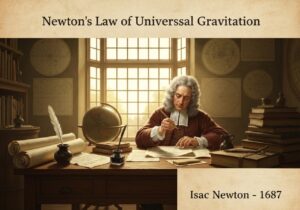

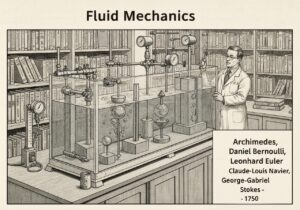



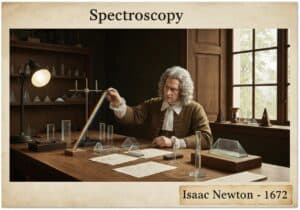
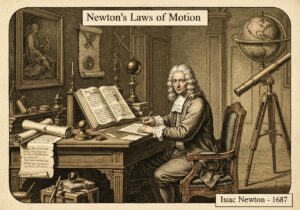
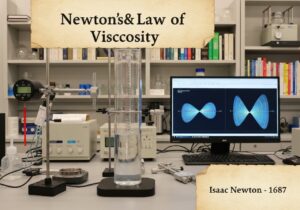
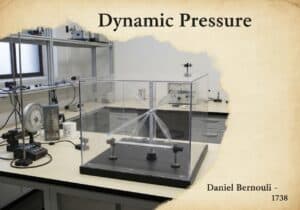
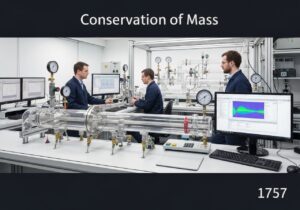
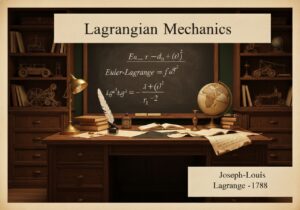











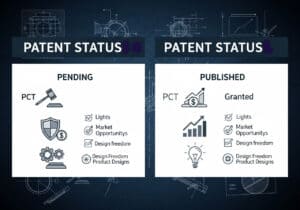
Isnt it fascinating how Ralph Steiners ideas are still so impactful? Wonder how theyd mesh with Jansens Living Mechanisms? Lego, anyone?
Interesting stuff, but arent Steiners principles a bit outdated? How do these CAD versions and Lego implementations factor in modern tech advancements?
Steiners principles endure, timeless like physics. CAD & Lego versions? Modern techs simplistic interpretation.
Ralph Steiner’s “Mechanical Principles” is truly a timeless piece
a must-watch for anyone passionate about mechanical design and motion transformation
CAD examples and Theo Jansen’s Strandbeests truly showcases the endless possibilities these principles offer across various fields